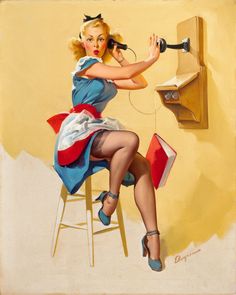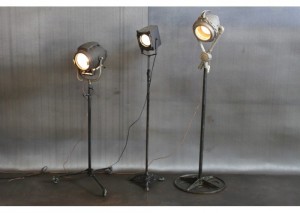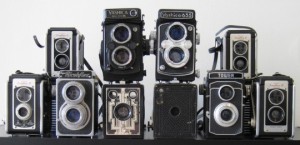 If you are considering becoming a phone sex operator (PSO) it’s kind of obvious that you’ll need a phone — but the type of phone you have and use for your calls can greatly impact your income. The two biggest issues you’ll want to consider are a reliable connection and excellent sound quality. If either of these features is poor, it will affect your bottom line as calls will end unnecessarily with a poor connection and callers will be less likely to call back if your sound quality isn’t good.
If you are considering becoming a phone sex operator (PSO) it’s kind of obvious that you’ll need a phone — but the type of phone you have and use for your calls can greatly impact your income. The two biggest issues you’ll want to consider are a reliable connection and excellent sound quality. If either of these features is poor, it will affect your bottom line as calls will end unnecessarily with a poor connection and callers will be less likely to call back if your sound quality isn’t good.
So, keeping those two issues in mind, here’s a breakdown of the options available to you:
Landlines: In the past, most reliable in connectivity and sound quality. However, as landlines are falling out of favor and therefore the companies that run them are making significantly less profits, line upgrades are also declining, and aging lines mean more issues. The general consensus seems to be that analog phone is on its way out and digital will be the future. But as far as overall quality for what a PSO looks for — it’s not really top choice if digital phone is an option for you (which it isn’t for everyone — read on).
Digital Phone: In the early days of digital phone, dropped packets were a big problem with both connectivity and sound quality; not so any more, so this option is growing in leaps in bounds, as are the advances in technology, making this top choice overall if this is offered in your area. “Bad Internet” isn’t really an issue here because this service is only offered in areas with “good internet” so the issues of bandwidth etc. are null. Generally speaking — a top choice for PSOs.
caveat: Both of the above options are GREATLY affected by what type of phone is used. A cordless phone is going to seriously drop the quality of the call, and a hardlined phone is strongly recommended.
VoIP: For those not familiar, this would be Skype, Google Voice, etc. Very similar to digital phone with a couple of exceptions: it requires software to run and it is usable in areas that don’t offer digital phone because the digital lines are not up to par for digital phone. The big issues with that: if you have a slow computer and a poor internet connection, it will result in poor connectivity and sound quality and dropped calls will definitely be an issue. HOWEVER, if you have a speedy computer and a good internet connection (if digital phone is offered in your area, odds are you have good internet), this is less of an issue. As with the aforementioned, however, going wireless (aka cordless) in any way is going to affect quality. If your internet/computer are good AND your computer is hardwired to your modem and not wireless AND you use USB headset/microphone (not the mic that comes w/ your computer) — this option is as good as digital phone. That’s a lot of IFS and ANDS, though, so you have to consider all of the above when choosing between the options.
Cell phones: Not surprisingly, the bottom in connctivity and sound quality. However, if you have a great connection, it’s generally going to be an infrequent problem related to cell carrier issues and not your phone itself. As for technological advances being made, cell phones are obviously at the top of the pack, so research generally points to better and better cell reception/call quality as time goes on, although cell reception is going to continue to be an issue in areas where towers are scarce. A plus to cell phones is of course, portability. You can use it anywhere, any time. Do NOT use Bluetooth or other handsfree wireless options (a plug in mic/headphones is fine) as this drops quality very significantly and I’d suggest avoiding it big time as a PSO.
Each of the above options has its pluses and minuses and there really is no one option that is going to work best for everyone. You may have to try a couple of different options before you find the one that works best for you and you may also find yourself using more than one type of phone line — a landline when you are home and a cell when you are on the road, for example.
Good luck and happy whoring to all!
Fiona Foremost
Fiona Foremost: Femdom, Audio Goddess and kinky PSO




